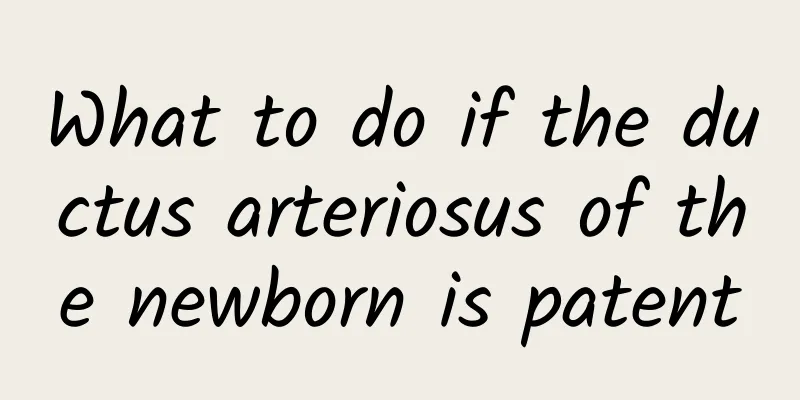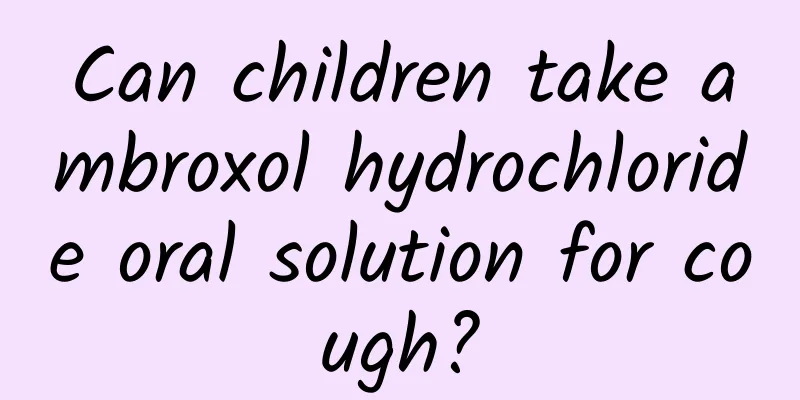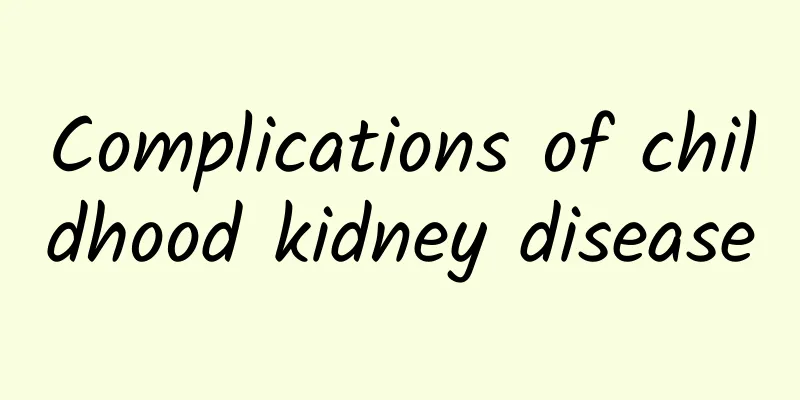How is Kawasaki disease diagnosed?

|
Many people may not know much about Kawasaki disease, and cannot judge some of the symptoms of this disease well, which often leads to the failure to receive timely treatment and delays the disease. Therefore, everyone should learn more about it. So how to diagnose Kawasaki disease? I will give you a brief introduction below. The disorder is usually diagnosed if the following criteria are met: 1. Fever lasts for more than 5 days, and in some cases less than 5 days, and antibiotic treatment is ineffective. 2. Changes in the extremities: In the acute phase, there are hard swelling of the hands and feet, erythema on the palms (plantars) and finger (toe) ends; in the recovery phase, there is membrane-like peeling at the transitional area of the nail bed skin. 3. The rash is erythema multiforme, mostly on the trunk, without blisters and scabs. 4. Conjunctival congestion of both eyes 5. Flushing of oral mucosa and lips, waxberry tongue, diffuse congestion of oropharyngeal mucosa 6. Enlarged cervical lymph nodes are non-suppurative and have a diameter greater than 1.5 cm. Incomplete or atypical cases are reported more frequently, about 10% to 20%. They only have 2 to 3 main symptoms, but have typical coronary artery lesions. They mostly occur in infants. The incidence of coronary artery aneurysms in typical cases is similar to that in atypical cases. Once Kawasaki disease is suspected, an echocardiogram should be performed as soon as possible. The above content is an introduction to the relevant knowledge about the diagnostic criteria of Kawasaki disease. I believe these contents can bring some help to parents and friends. We need to pay attention to it in life and don’t think that this is a minor illness. The harm of this disease is particularly great. We need to do a good job of prevention so as to reduce the occurrence of this disease. |
<<: What are the common tests for Kawasaki disease in children?
>>: Experts talk about how to treat Kawasaki disease in children
Recommend
What to do if your child snores when sleeping? What are the reasons for your child snoring when sleeping?
There are many reasons why children snore when th...
Which Chinese herbal medicines can treat eczema in children?
Traditional Chinese medicine can treat pediatric ...
What kind of disease is Kawasaki disease? What are the clinical symptoms and manifestations of Kawasaki disease?
Kawasaki disease, also known as mucocutaneous lym...
What are the treatments for patent ductus arteriosus?
What methods are there to treat patent ductus art...
Kidney disease characteristics
What are the characteristics of childhood kidney ...
How to treat patent ductus arteriosus
What methods are used to treat patent ductus arte...
How to cure jaundice in children
Pediatric jaundice can be treated through phototh...
What medicine should I take for baby jaundice
Infant jaundice usually does not require medicati...
Is Hirschsprung's disease a chromosomal problem?
Hirschsprung's disease is a common congenital...
What is the cause of baby's dry cough?
In many cases, when babies cough, there is no phl...
How to prevent pneumonia in children? What are the symptoms of pneumonia in children?
Every life is hard-won, and for fragile newborns,...
What to do if your child has a cough? Eating these foods regularly can relieve cough
Pediatric cough is a very common disease among ch...
Can Kawasaki disease in children be cured?
Kawasaki disease in children can be cured, but it...
15.3 Is neonatal jaundice serious?
15.3 Is neonatal jaundice serious? 1. Neonatal ja...
Do boys get ADHD?
ADHD, full name Attention Deficit Hyperactivity D...









